Most runners strictly adhere to the training principle of specificity, which broadly states that to improve you need to perform that specific skill or movement repeatedly.
For this reason, most runners tend to progressively run more often, farther and faster to become better athletes. While this approach works to improve performance over time, those who choose to supplement their running with resistance training tend to release greater benefits.
Run strong
One of the main reasons for this is that most of us are functionally weak due to a more sedentary lifestyle and the many hours we sit each day.
This results in poor mobility and flexibility, weak cores and glutes, and shortened hip flexors, which are all essential for efficient running.
For these reasons, every runner can benefit from some form of regular resistance training, in addition to their weekly running program. Exchanging even a single running session for an hour in the gym can deliver benefits.
Boost your performance by training with the right group. We reveal how.
To help you become a better runner, we share 5 of the best resistance-based exercises to add to your training repertoire:
But before you start
- See a physiotherapist to address any existing injuries or niggles.
- Visit a biokineticist for an assessment to determine if there are any underlying biomechanical issues or weaknesses that may be made worse with these exercises.
- Ensure you have adequate flexibility and mobility to perform these exercise with proper form.
- Perfect each movement without added resistance (bodyweight only) before adding weights to the exercise.
- When you do start to add weight get progressively heavier and drop the reps.
Up your running game with help from these nifty apps.
Single leg press
This effective exercise is a great way to build unilateral strength (equal strength on both legs individually) while also developing solid joint strength and enhanced mobility in the hips, knees, and ankles.
How to do it: Position yourself in a leg press machine with one foot placed high up on the platform. Press against the platform to extend your knee and hip, stopping just short of full extension (maintain a slight bend in the knee). Lower yourself back down toward the platform, under control, by flexing your knee. Press back up to repeat the movement for the required reps. Once complete, repeat on the other leg.
Single leg Romanian deadlift
This advanced movement helps to strengthen the posterior chain, with a specific focus on the glutes and hamstrings.
It is also a unilateral exercise which helps to develop greater balance and stability throughout the various phases of the running gait cycle.
How to do it: Stand upright with your feet together. Shift your weight onto one leg and hinge from your hips to extend the other leg out behind you. Keep your spine neutral and do not rotate your hips. Reach down to the ground with your arms. Contract your glutes to return to the starting position.
Single-leg glute bridge
Your glutes are the power generators during running if you’re doing it properly. This exercise will ensure that your glutes become stronger and fire properly during the loading and transition phases of your gait cycle.
How to do it: Lie on your back, on a mat with both legs bent. Push up through your feet to raise your hips and lower back off the floor, until the hip joint is fully extended. Stabilise your core and contract your glutes as you extend one leg up. Keep your hips aligned as you do so, and hold for a count of 30-45 seconds per side.
Cable kickbacks
This is another great exercise to target your glutes to increase your power while running and also enhance stability on a single leg.
How to do it: Attach an ankle cuff to a low pulley and strap it to one ankle. Stabilise your body by contracting your core and engaging the glute of your stabilising leg as you kick your other leg straight back by extending your hip. Return the cuff to the starting position slowly and under control.
3-point plank
Your core provides stability when you run. If you lack adequate strength in this area, your body will start to compensate and other muscle groups will need to stabilise your body during the foot strike and transition phases of your gait. These muscles will soon tire, which leads to poor form, compromised movement efficiency, and increases the likelihood of injury.
How to do it: Lie face down with your forearms on a mat, with your elbows under your shoulders. Place your legs together with your forefeet on the floor. Raise your body up by engaging your core and straightening your body and legs. Lift one leg up and hold this position for 30-45 seconds before swopping sides.








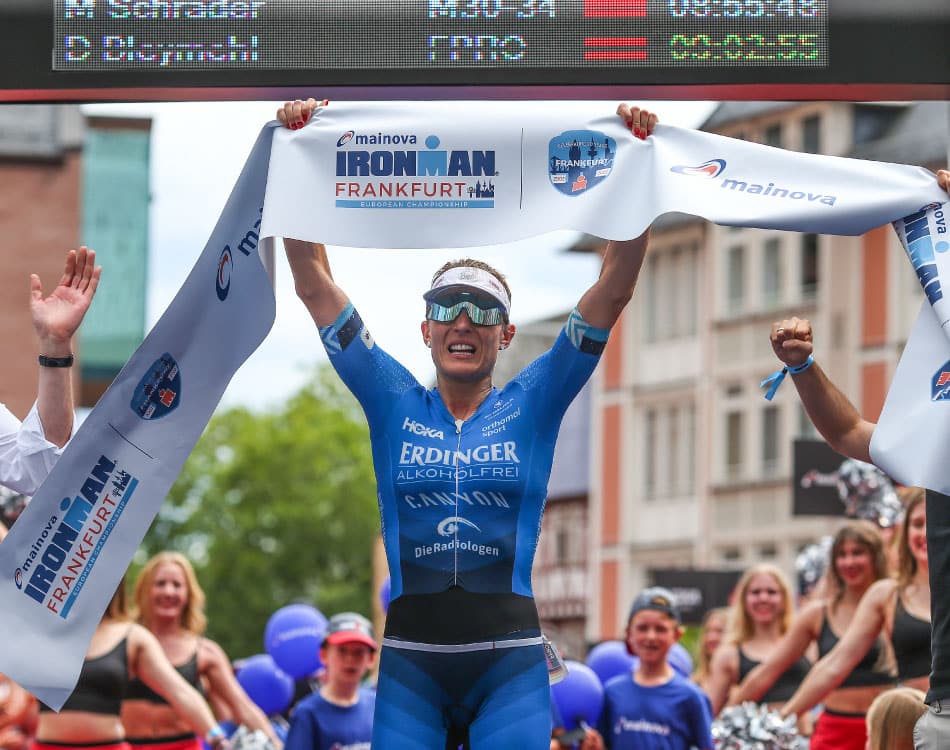
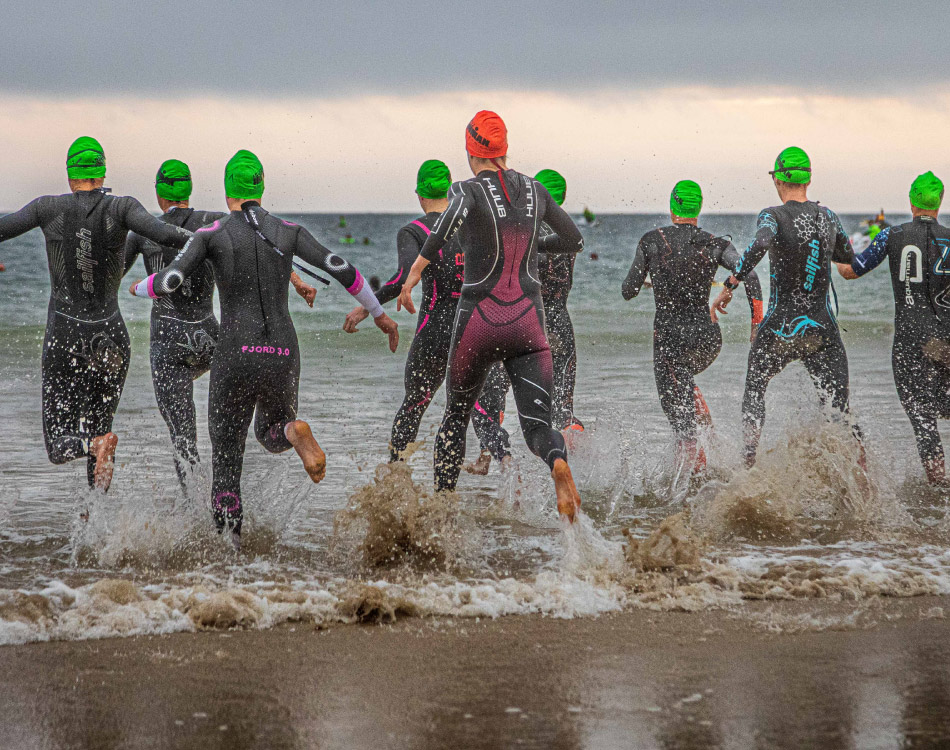
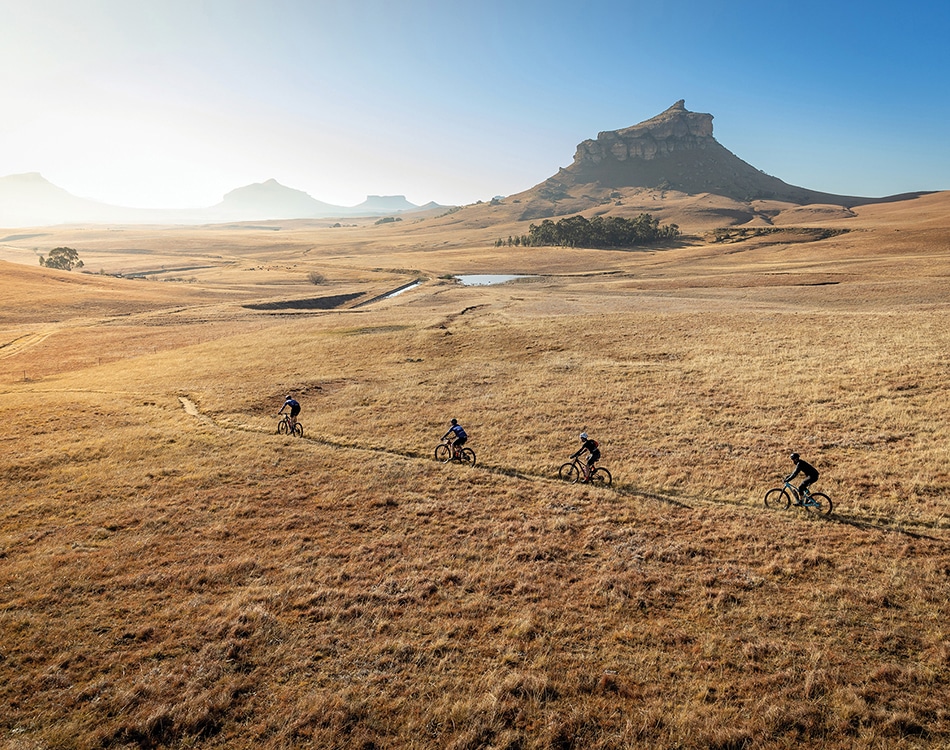
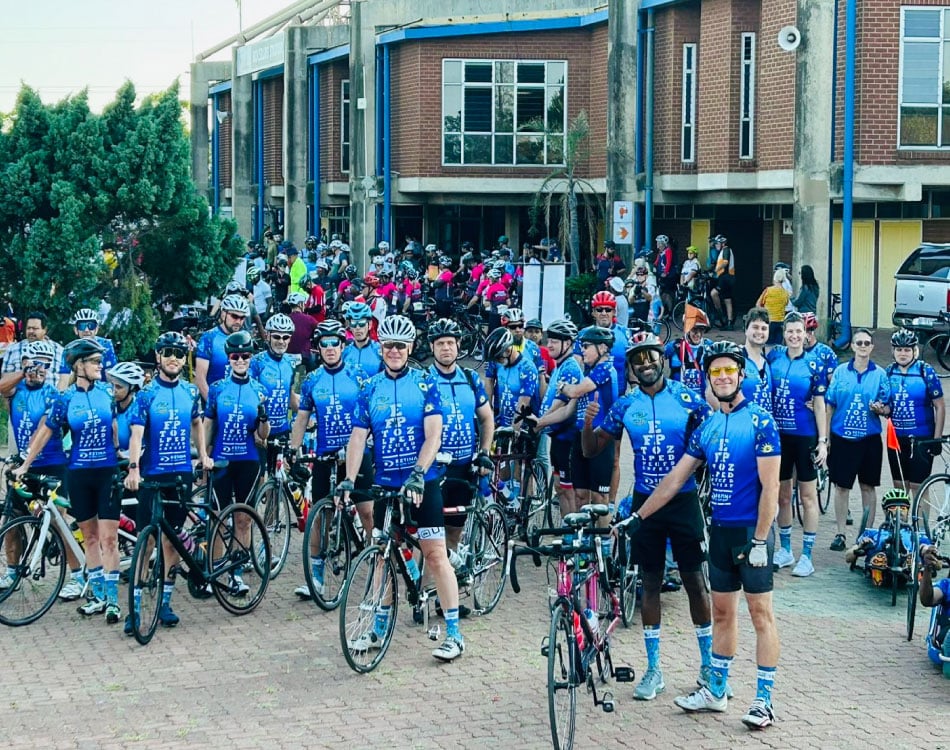
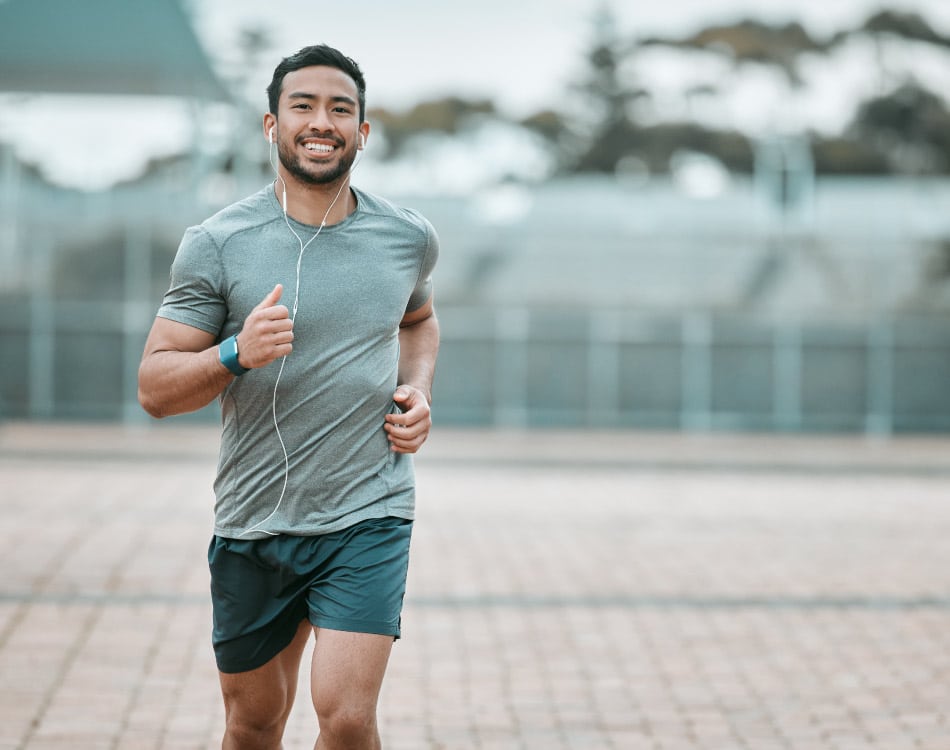
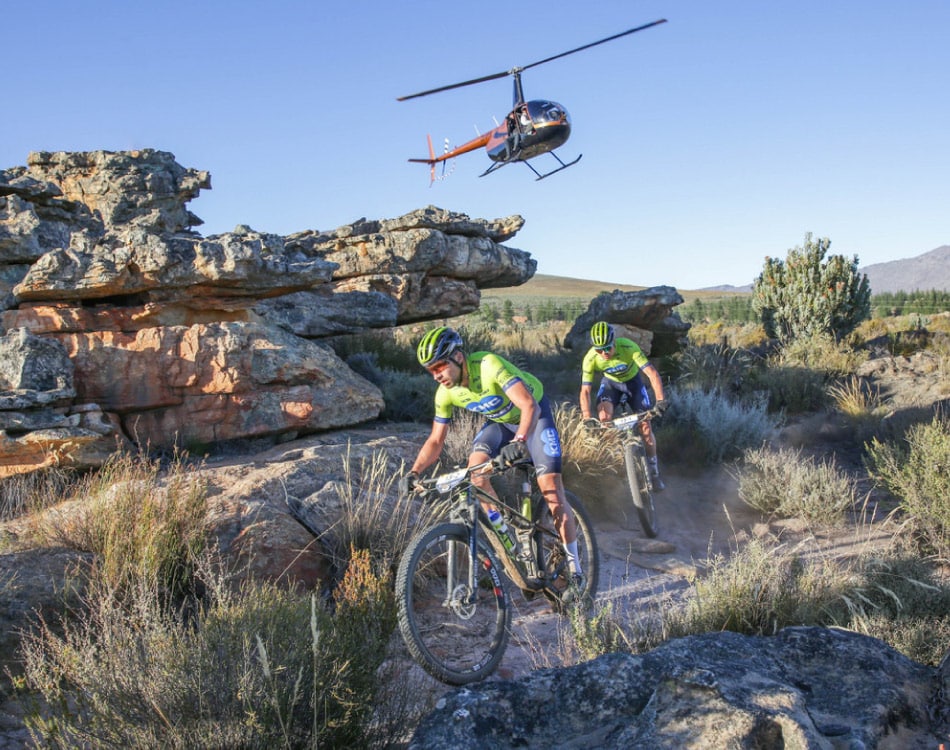

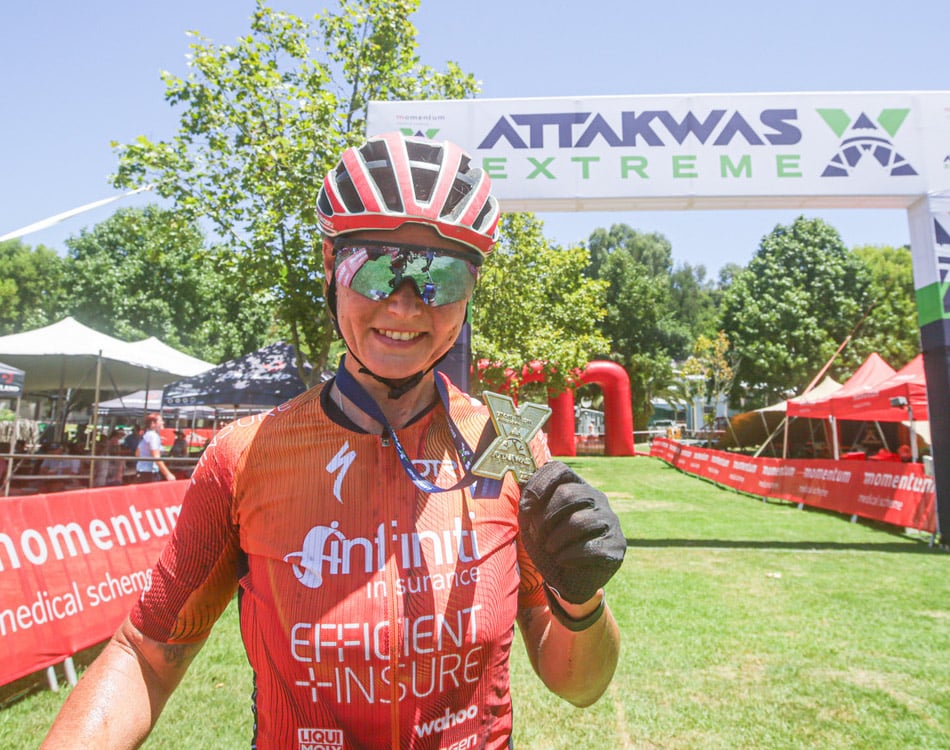

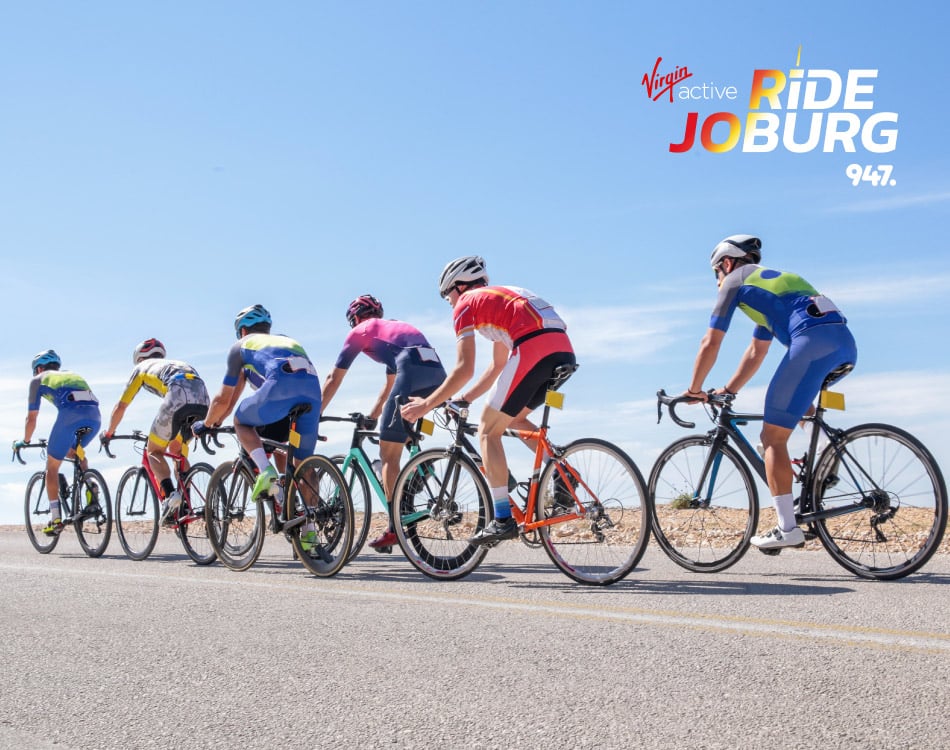
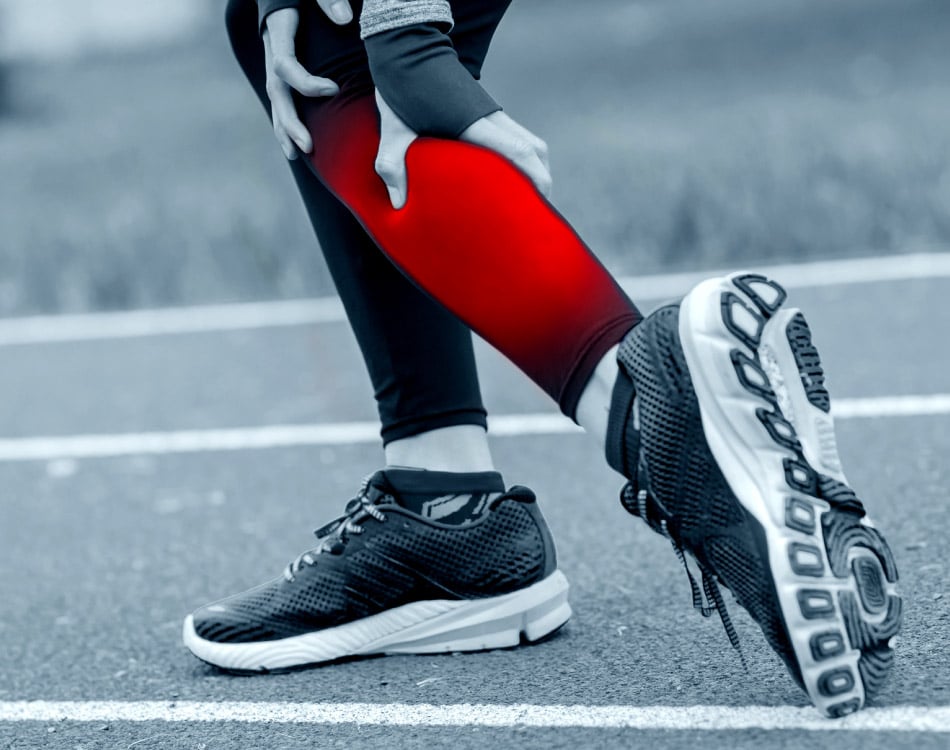



Leave A Comment